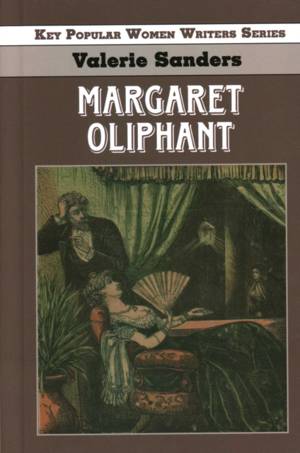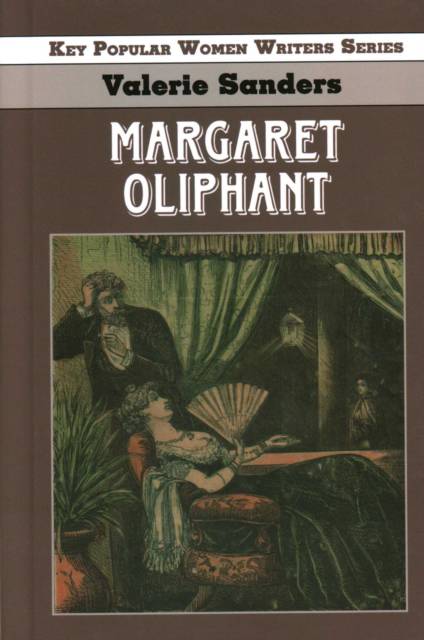
Je cadeautjes zeker op tijd in huis hebben voor de feestdagen? Kom langs in onze winkels en vind het perfecte geschenk!
- Afhalen na 1 uur in een winkel met voorraad
- Gratis thuislevering in België vanaf € 30
- Ruim aanbod met 7 miljoen producten
Je cadeautjes zeker op tijd in huis hebben voor de feestdagen? Kom langs in onze winkels en vind het perfecte geschenk!
- Afhalen na 1 uur in een winkel met voorraad
- Gratis thuislevering in België vanaf € 30
- Ruim aanbod met 7 miljoen producten
Zoeken
Omschrijving
This concise new book provides close readings of both canonical and less familiar novels and articles by the novelist Margaret Oliphant (1828-97). They show how she maintained a spirited dialogue with her age, confronting its ingrained prejudices, while reinforcing some of them herself. / A prolific novelist, auto/biographer, and periodical writer, Mrs. Oliphant was also a highly contradictory figure. Not just for her apparently anti-feminist standpoint on many issues, but also for her disparaging dismissal of the 'sensation' novel of the 1860s, while freely adopting some of its features in her own writing (including supernatural tales). / This study argues that Oliphant's outlook on nineteenth-century culture was both provocative and unpredictable. Her best novels are witty, acerbic, and deeply ironic as she dismantles the sacred assumptions of the Victorian middle classes, and updates her chronicles of judgemental communities to tackle the extremes of idealism and inertia. / Oliphant was a keen observer of dysfunctional families, male professionals, and religious snobbery. She notices bodies and clothes, the touch of hands, unflattering complexions, loud colours, and limp muslins. Her widows refuse to retire into the shadows, while her men are notoriously inept and lethargic. This thorough reappraisal of the most controversial areas of her writing draws on fresh critical approaches, from clothes history to theories of embodied subjectivity, as well as the rich field of journalism studies. / Contents [provisional]: Ch.1. Margaret Oliphant: 'One of those difficult cases for criticism'; Ch.2, 'General utility woman' or Critic of the Age?; Ch.3. Mothers, Daughters, Wives, Widows; Ch. 4. Mrs Oliphant's Clothes and Bodies; Ch.5. 'Only a Man' Oliphant's Masculinities; Ch.6. The Sensational and Supernatural; Ch.7. Conclusion.
Specificaties
Betrokkenen
- Auteur(s):
- Uitgeverij:
Inhoud
- Taal:
- Engels
- Reeks:
Eigenschappen
- Productcode (EAN):
- 9781912224913
- Verschijningsdatum:
- 30/08/2020
- Uitvoering:
- Hardcover
- Formaat:
- Genaaid
- Afmetingen:
- 140 mm x 216 mm
- Gewicht:
- 408 g

Alleen bij Standaard Boekhandel
+ 193 punten op je klantenkaart van Standaard Boekhandel
Beoordelingen
We publiceren alleen reviews die voldoen aan de voorwaarden voor reviews. Bekijk onze voorwaarden voor reviews.









